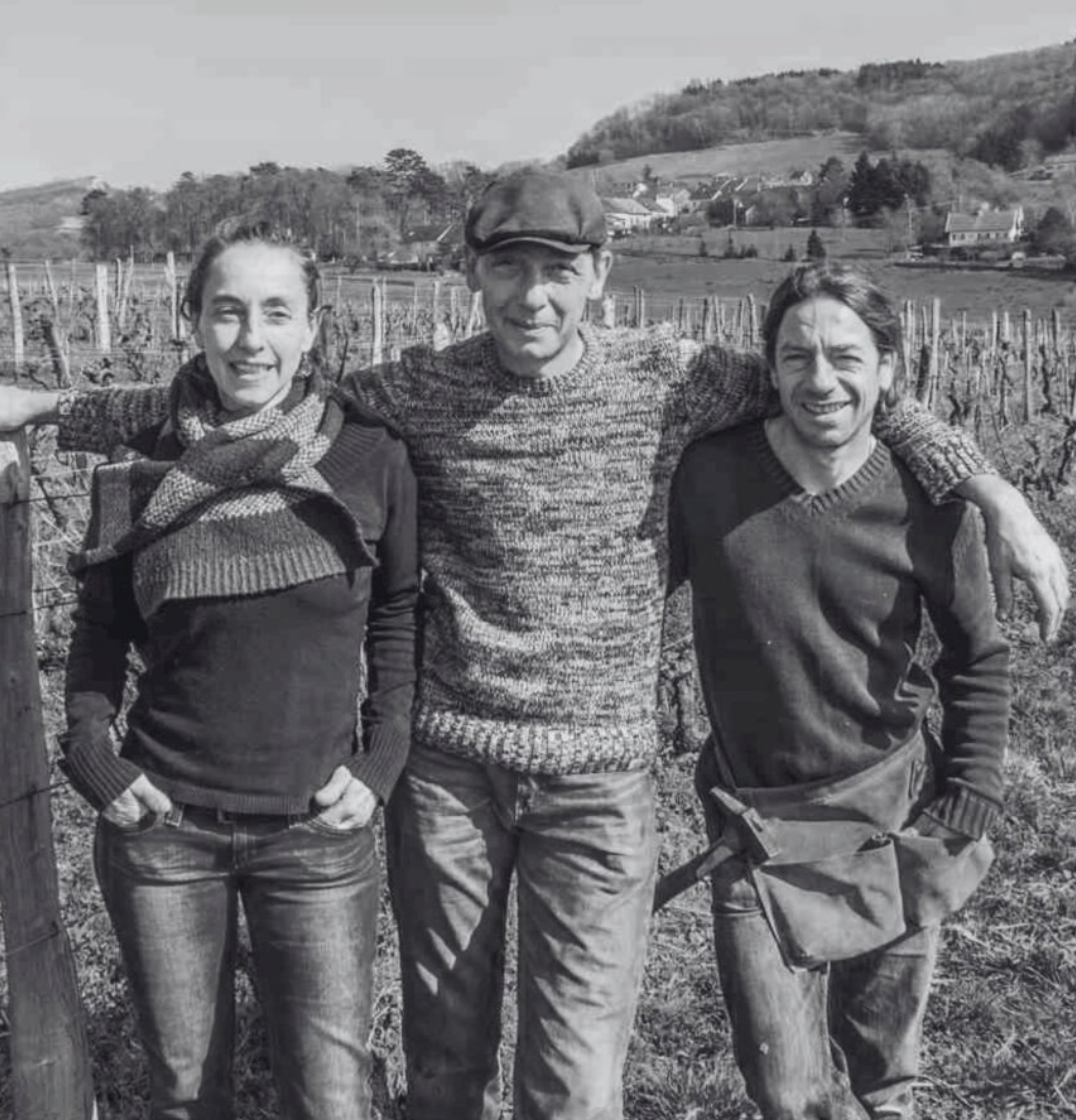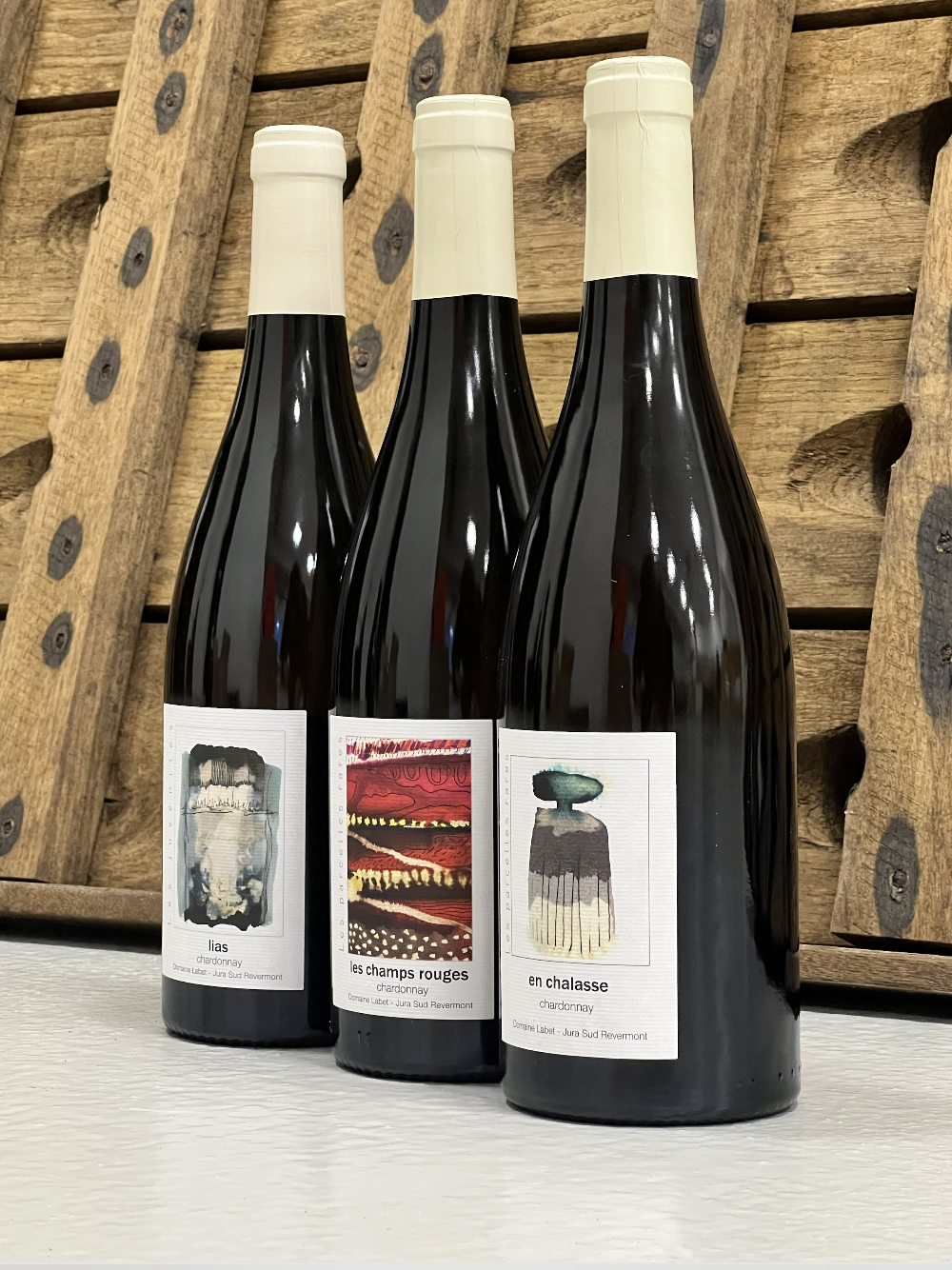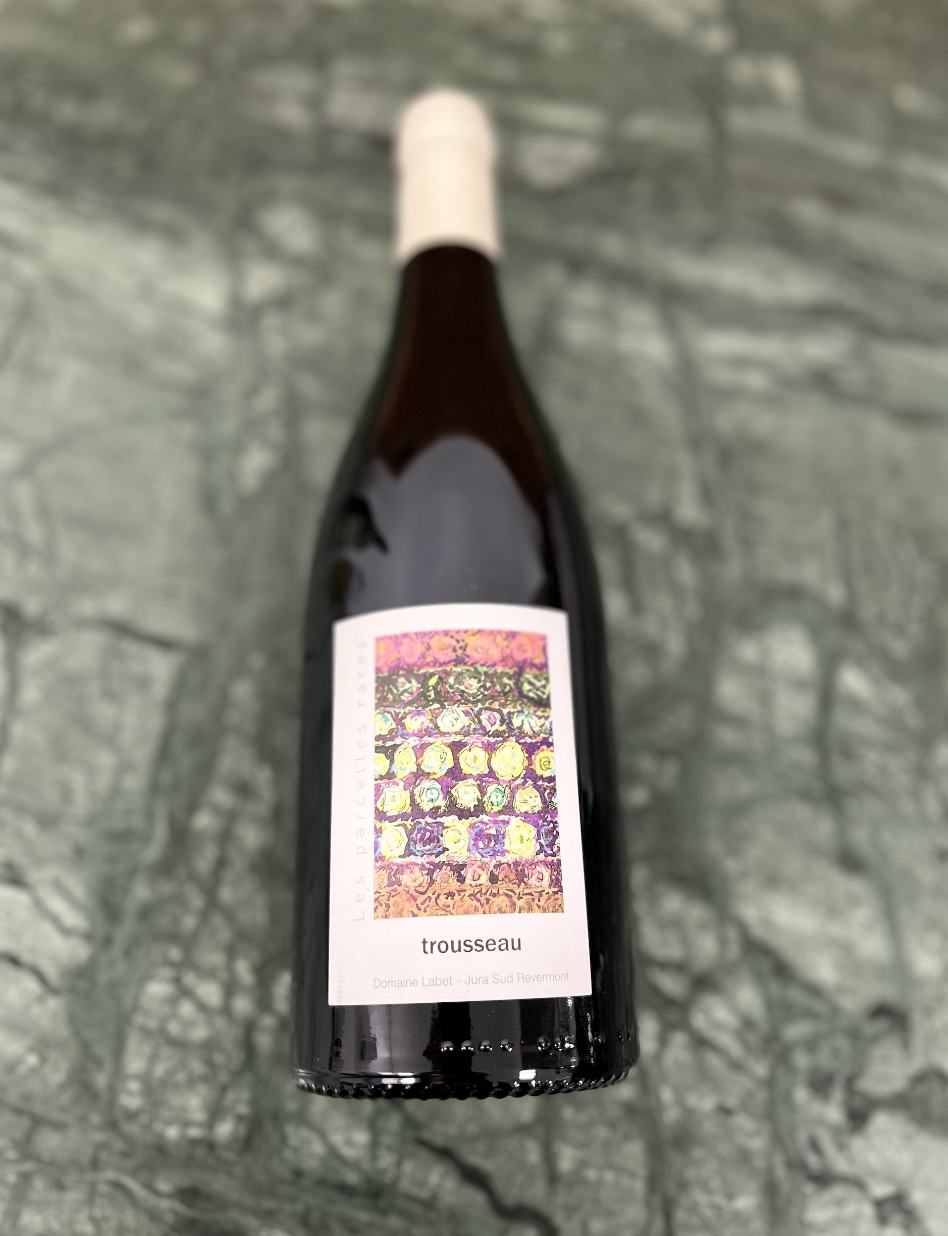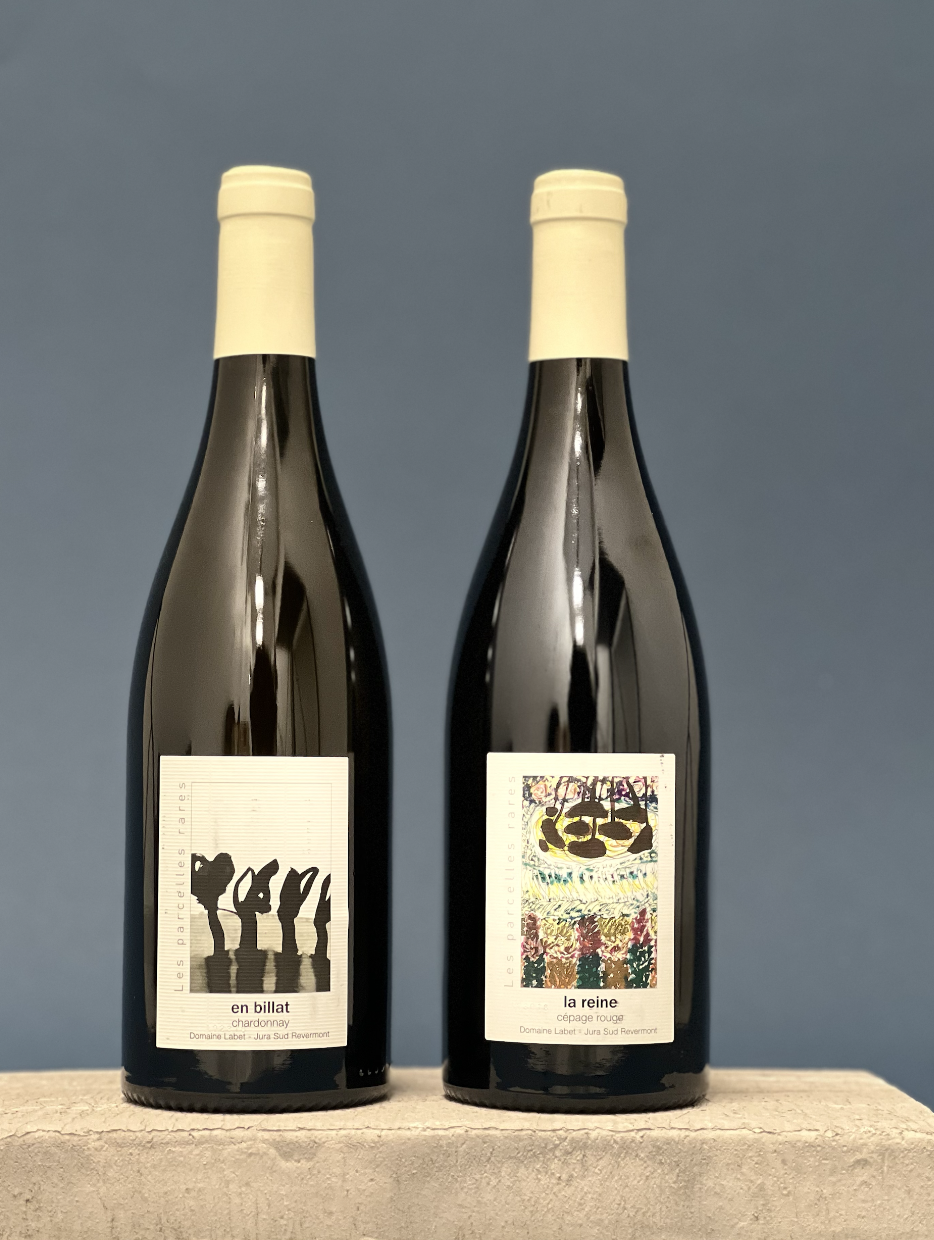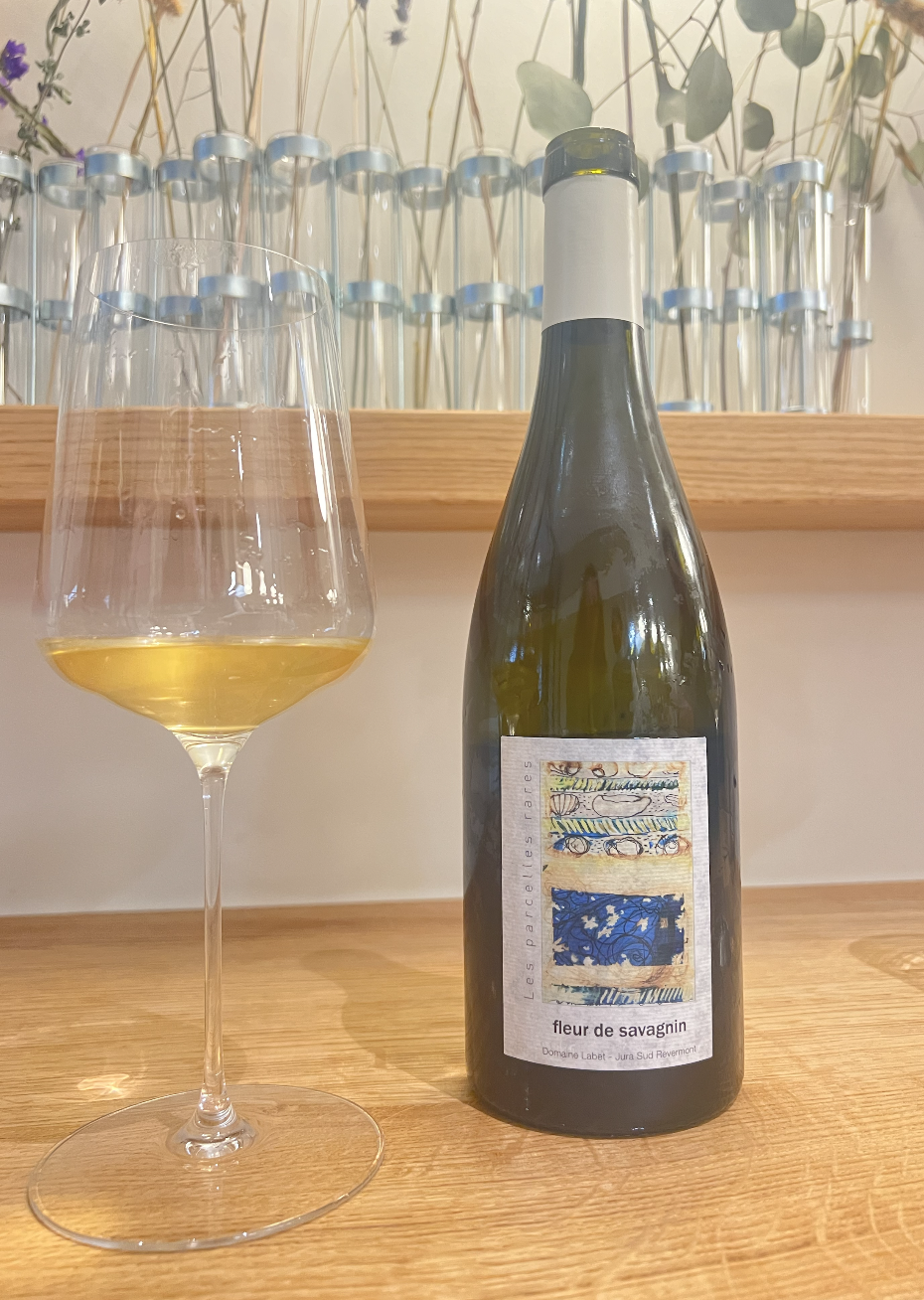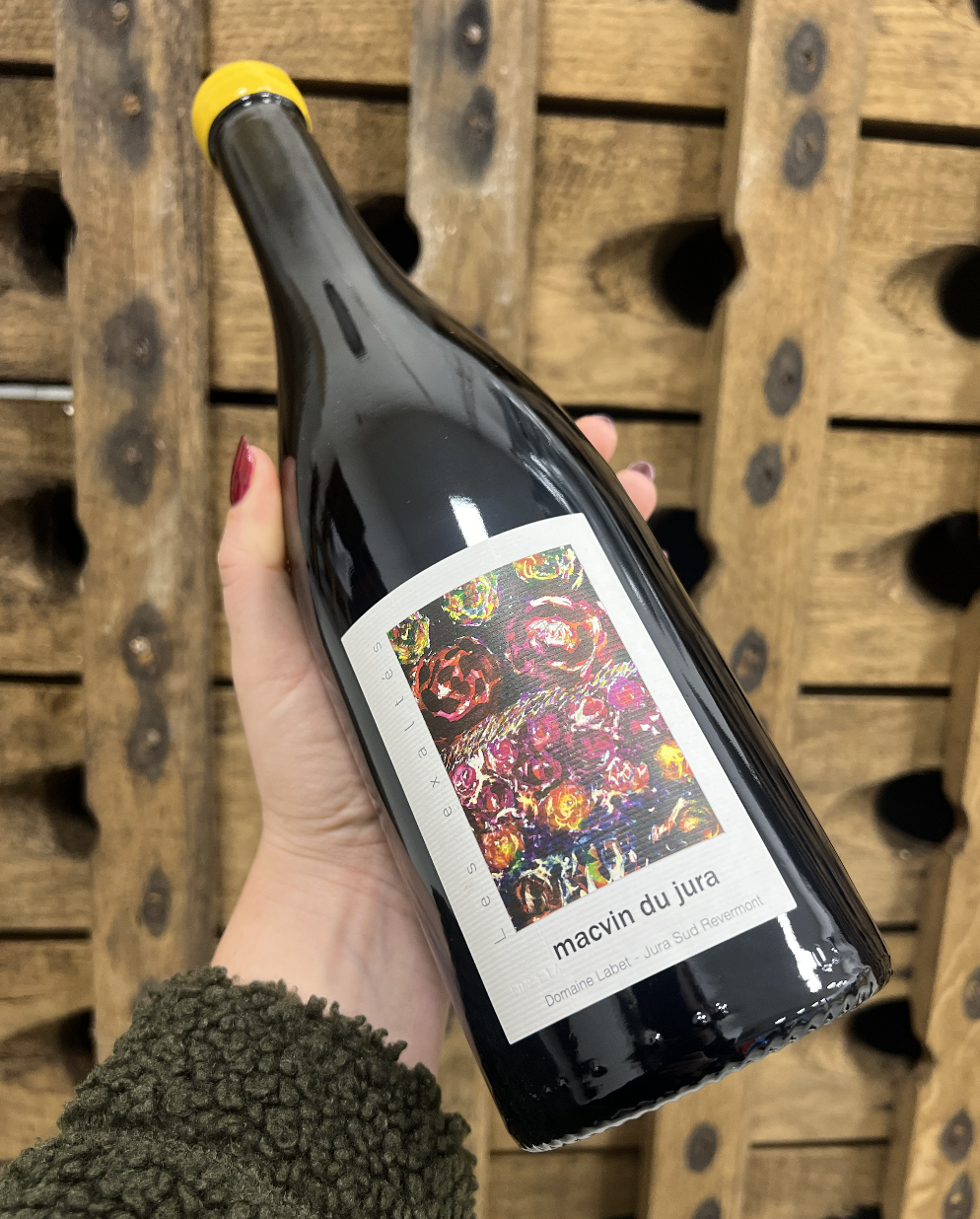Domaine Labet
Perhaps you’ve heard someone say “this smells like Labet,” watched wine geeks identify Labet wines with similar ease as having Coca-Cola in their glass, or even found yourself at a blind tasting thinking, “this can only be Labet”...
All scenarios have occurred to us several times through the years. And we’d argue there’s good reason for it, as Domaine Labet has a truly unique style. Something we wouldn't hesitate to call a DNA.
A signature that runs through both their white and red wines; shaped and refined through years of dedication to their parcels and winemaking styles. Something that with time has positioned the domaine as one of the most exciting, consistent high-quality, and still boundary-pushing producers in Jura.
This domaine is not a new rising star. For many Jura lovers, Domaine Labet is rather a wine galaxy of its' own.
Especially in recent years, the domaine has gained cult status and an ever-growing following. Honestly, we get it. If we could drink wines of Domaine Labet every day, we probably would.
In this article, we will introduce you to the domaine’s history, practices, and great portfolio of wines — from Savagnin to Trousseau and everything in between. Enjoy the read!
